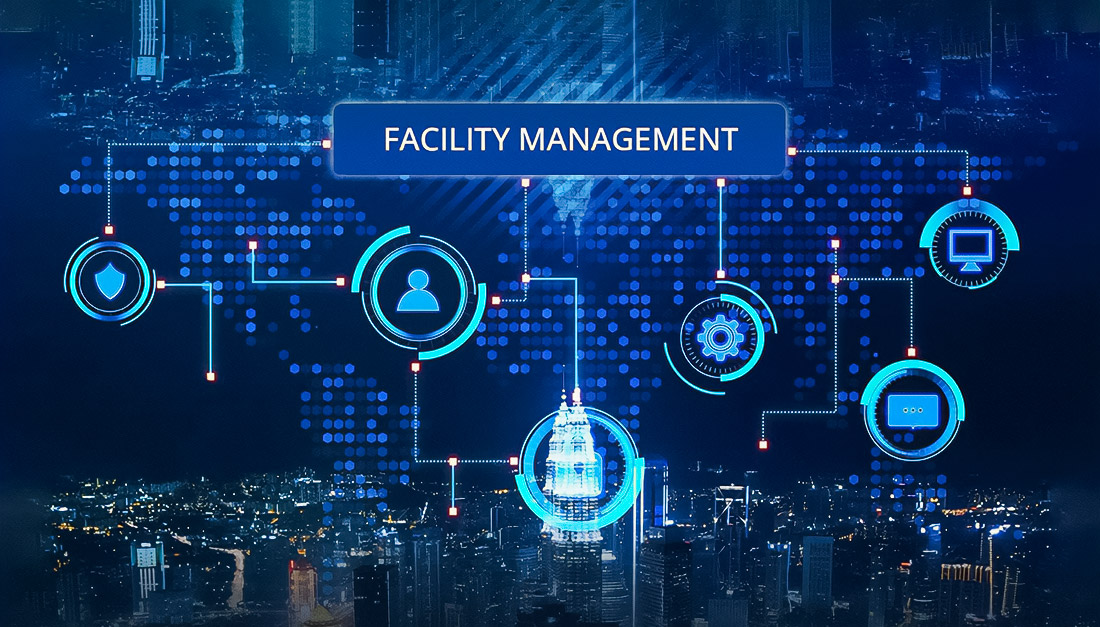Sanitation plays a critically important role in ensuring the safety and quality of food products in enterprises. Non-compliance with sanitation requirements is fraught with serious consequences, including the spread of food infections, reduction of quality products, and even legal consequences for enterprises. According to data research, more than 30% of cases of food poisoning are associated with insufficient sanitation in production. Moreover, in complex conditions of industry, regular cleaning Dubai services become relevant for increasing the level of sanitation and hygiene in enterprises.
Historical perspective and consumer expectations

Consumers expect that the products they buy will be safe for consumption. In 2020 year, about 73% of consumers stated that they were ready to pay more for products that are under strict sanitation control. Responsibility for this lies on manufacturers, and statistics warn that companies that ignore this lose up to 15% of their annual revenue due to lost trust. Main task sanitation measures — prevent contamination of products, microorganisms, chemical substances, and physical contaminants, which minimizes risk for health consumers and preserves the reputation of the brand.
Navigation by International and National Standards Sanitation

World standards play a leading role in forming sanitation practices in food production. To ensure high-level sanitation, international and national standards exist, such as the HACCP (Analysis of Hazards and Critical Control Points) and ISO 22000. According to international research, the implementation of HACCP allows reducing the number of cases of food infections by 60%. HACCP represents a systematic approach to identification, evaluation, and control of hazards, which can affect the safety of food products. This standard requires development and implementation systems, which allow control of critical points in-process production.
ISO 22000, in its turn, acts international standard, which establishes requirements to system management safety food products. It integrates principles HACCP and includes communication in chain supplies and management resources. It applies more than in 150 countries world and recognized one of most comprehensive standards. These standards help enterprises systematize their sanitation practices and ensure compliance requirements legislation.
Cleaning and disinfection: Basics safety food production

Effective processes cleaning and disinfection are foundation sanitation on food enterprises, what confirm numerous research. Cleaning includes in itself removal visible contaminants and residues food, while disinfection aimed at destruction microorganisms, causing diseases. Important components these processes are choice correct chemical substances and use appropriate equipment.
- Disinfectants: often used disinfectants include chlorine-containing preparations and hydrogen peroxide. Each of them has advantages and limitations, and choice depends on specific conditions of production.
- Key innovations: equipment for cleaning can include automated systems, such as washing machines and specialized sprayers, which can reduce time cleaning by more than 40%.
Key factors influencing success sanitation measures

In terms of effectiveness, sanitation measures influence several key factors, such as temperature, time exposure, and concentration of disinfectants. According to estimates experts, the correct temperature can increase the effectiveness of disinfection by 30%. Time exposure determines how long disinfectant remains on the surface, ensuring sufficient time for the destruction of microorganisms, which is especially important for such resistant bacteria as Listeria and Salmonella.
Concentration disinfectant also is critical factor. As showed laboratory research, too low concentration can be ineffective, while too high can lead to chemical contamination products and damage equipment. Important follow recommendations manufacturer and regularly check concentration solutions.
Effective strategies implementation sanitation programs

- Risk assessment: Conduct analysis of potential sources of contamination and determine critical control points. Research indicated that qualitative risk assessment reduces possible epidemics by 50%.
- Development SOP: Create detailed instructions for all stages of cleaning and disinfection, which, according to expert estimates, increases productivity by 20%.
- Training personnel: Regular training employees allows reduce human errors on 30%, helping them correctly perform sanitation measures.
- Monitoring and verification: Regularly verify effect sanitation procedures with help tests and audits, increasing reputation by 15%.
- Adaptation and improvement: Constantly update sanitation programs in accordance with new standards and technological innovations.
Leading examples of innovative technologies and best practices
Modern technologies significantly influenced on sanitation practices in food industry. One of innovations considered implementation automated systems CIP (Clean-In-Place), which allow conduct cleaning and disinfection without disassembly equipment. These systems reduce time cleaning on 50% and significantly reduce probability human errors.
Another innovative method is use ultraviolet radiation for disinfection. UV radiation demonstrates effectiveness up to 99.9% in destruction microorganisms, not leaving chemical residues. This makes it safe for application in food industry and increases quality products.
Overcoming challenges: problems and ways their solution
One of key problems implementation sanitation programs is insufficient awareness and training personnel. Solution can become implementation regular trainings and creation system motivation employees. Experts believe, that implementation such practices increases effectiveness on 25%. Also important ensure access to current information about new standards and technologies.
Monitoring compliance standards is also a challenge. The decisive introduction of automatic systems control can help identify and eliminate deviations from norms in a timely manner. These steps ensure long and stable compliance standards, which increases the trust of clients by 10% and strengthens competitiveness in the market.

Hiking addict, nature enthusiast, audiophile, Eames fan and product designer. Producing at the sweet spot between modernism and purpose to give life to your brand. Let’s make every day A RAZZLE-DAZZLE MUSICAL.
